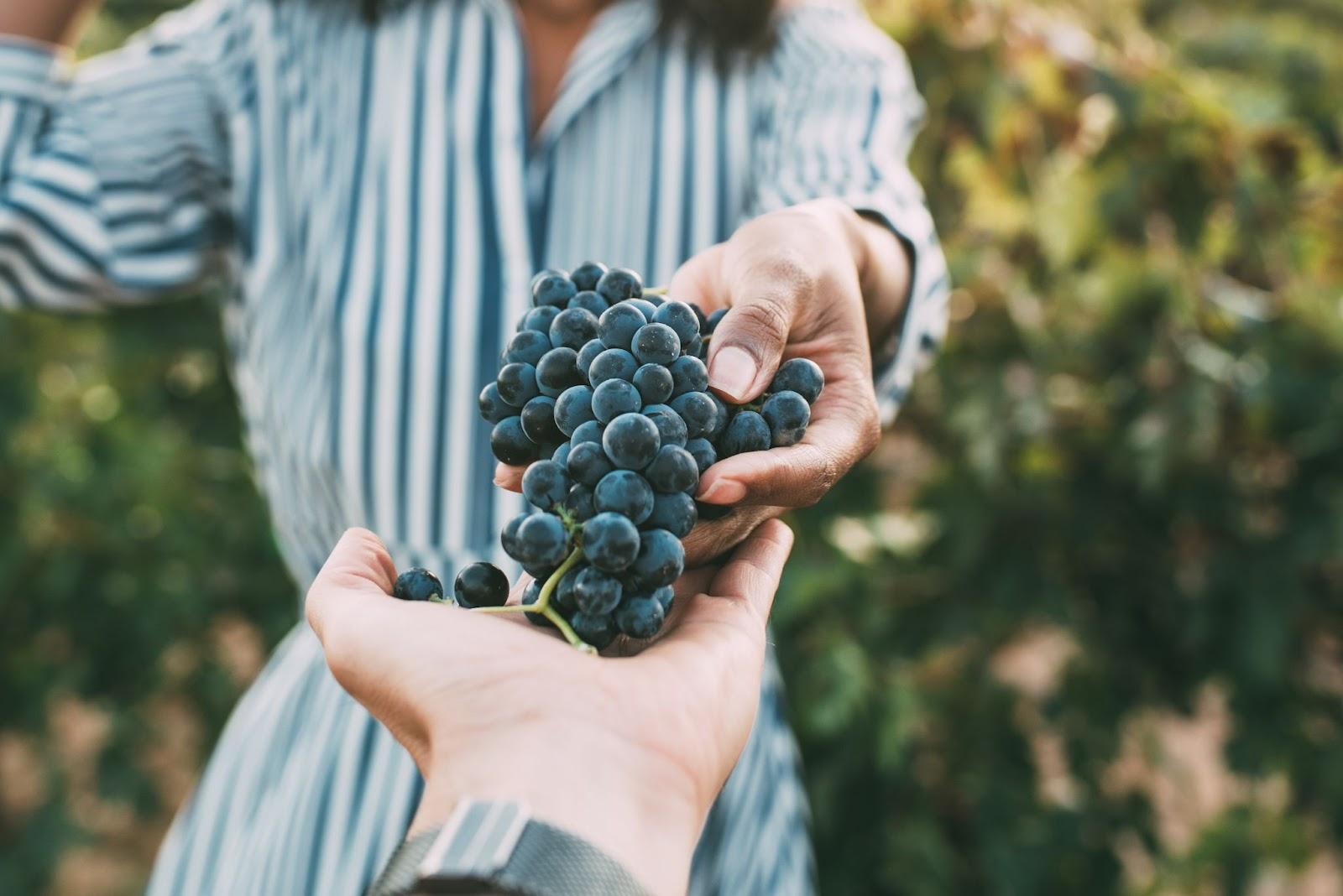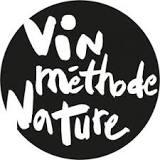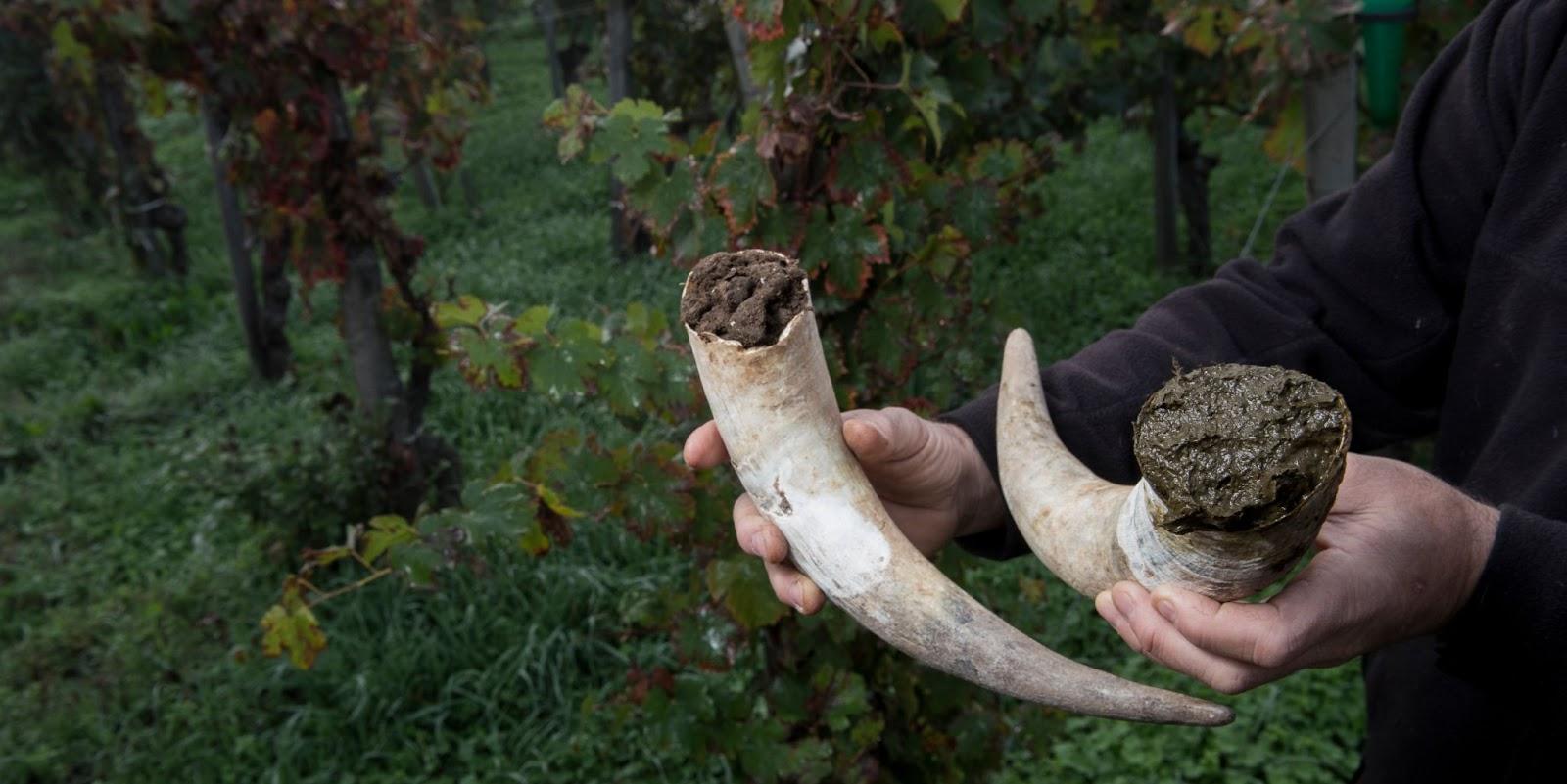- Wine Color/Type
- Top Occasions
- Unique Wines
- Surprise Me!
Behind the Scenes of Biodynamic, Organic, and Natural Wine Production - Part 1: The Vineyard
Common beliefs like “Organic and Natural Wines are identical,” “Natural Wines undergo stricter production than organic wines,” “Natural wines are better than organic,” and “Natural wine doesn't contain sulphites, unlike sulphite-rich organic wine!” are frequently heard among enthusiasts of (natural) wine.
Biodynamic practices were invented by the Austrian philosopher Rudolf Steiner. Today, they go hand in hand with sustainable wine production. (Photo: DavidPrado/stock.adobe.com)
Yet, France has defined natural wine, particularly with the “Vin Méthode Nature” standard. Under this regulation, grapes must be organically grown, have less than 10ppm of total sulphur dioxide (SO2) per liter, be free from detectable pesticide residues, and meet taste quality standards. This allows a notable degree of freedom for growers and winemakers in their grape and wine handling.
The only government-led official natural wine association. (Photo: Vin de France)
On the other hand, organic and biodynamic winemaking follow more standardized rules. Organic and biodynamic practices are distinctly different; Notably, biodynamic cultivation relies on a lunar calendar for scheduling treatments and vineyard tasks. Key organic certifications are often government-issued, like those in the EU and New Zealand, or provided by regional authorities like Napa Green.
In biodynamics, notable certifiers include Demeter and RespectBioDyn. Internationally, natural wines typically follow a less formalized approach, usually under the guidance of winemaker associations or as defined by merchants.
Unified Aim, Diverse Methods
In vineyard management, these three philosophies adopt varying sustainable practices. Organic viticulture allows flexibility in the timing of applying approved organic treatments, while biodynamic cultivation is guided by the lunar calendar. Unregulated natural wines could, in theory, employ glyphosate for weed management under a bare earth approach, though this is not common among most natural wine producers.
All these methods aim to improve soil health by increasing humus levels. This involves planting cover crops such as ryegrass, buckwheat, and legumes like white clover or mustard seeds. Cutting these crops allows them to decompose, enabling worms and microbes to integrate them deeper into the soil, thereby enriching nutrient content, enhancing its water retention, and fostering healthier soil. Biodynamic practices include the digging of manure in cow horns which is known as preparation 500.
Additionally, introducing cover crops, trees, and various plants enhances the diversity of beneficial insects.
Cow manure is an essential part of biodynamic winemaking. (Photo: FreeProd/stock.adobe.com)
Diverse Spraying Techniques in Wine Production
Although their goals are aligned, the spraying practices of biodynamic, organic, and natural winemakers vary significantly. Spraying is a critical step to mitigate fungal diseases like downy and powdery mildew in vineyards. The primary difference lies in the choice and efficacy of the sprays used. Common choices include copper and sulfur-based sprays, sometimes enhanced with organic soaps. Biodynamic cultivation, on the other hand, often employs natural concoctions like tea mixtures and horsetail plant sprays.
The use of copper-based sprays, however, comes with notable risks. As a heavy metal, copper poses toxicity risks in large quantities, potentially harming soil health, microbial life, and even human health. Copper sulfate, for instance, can cause severe eye irritation, nausea, and damage to tissues, blood cells, liver, and kidneys. This is the reason for stringent regulations on copper levels in consumables, permitting only 0.5 g/L in US wines and 1g/L in EU wines. The overuse of copper in vineyards can also negatively impact soil quality and wildlife. This environmental impact is exemplified by the reduced vegetation around old churches, where copper from roofs has contaminated the soil.
All wine styles are required to follow legal guidelines of copper usage. In the EU, this means using up to 4 kg of copper annually, or 28 kg across seven years per hectare, a significant amount when compared to the 3 kg per year or 21 kg over seven years allowed for biodynamic wines. Despite these limits, the search for safer and more efficient alternatives to copper-based sprays continues. For example, New Zealand's BioStart has developed TripleX, a soap-based solution, which, while promising, cannot fully replace copper sprays.
Regarding sulfur in natural wine production, it's important to recognize that sulfur sprays, not being classified as fungicides, can be used up until the harvest. However, excessive sulfur dioxide in wine can disrupt fermentation and produce off-putting odors like rotten eggs. This highlights the winemaker's challenge in using sulfur: it must be balanced to leverage its protective benefits while avoiding negative impacts on the wine's quality.
Influence of the Lunar Calendar on Viticulture and Wine Tasting
The lunar calendar plays a unique role in viticulture, dividing days into four categories, each recommending specific activities for growers. This practice isn't limited to vineyards; it extends to the cultivation of other crops and vegetables.
Root days focus on soil work and sowing seeds.
Leaf days are ideal for pruning and leaf collection.
Flower days are deemed best for planting and harvest, while fruit days are earmarked for germination and harvesting tasks.
This calendar also finds its way into the routines of some sommeliers who align their wine tasting sessions with it, choosing to sample light white wines on flower days and other varieties on fruit days. They believe this timing enhances human sensory perception, though there's no concrete evidence to support this theory.
Stay tuned for our next article on this sensitive topic, where we will dive into the specifications of the cellar. Similar to the vineyard, the production methods differ fundamentally.
Peter Douglas
Latest articles



